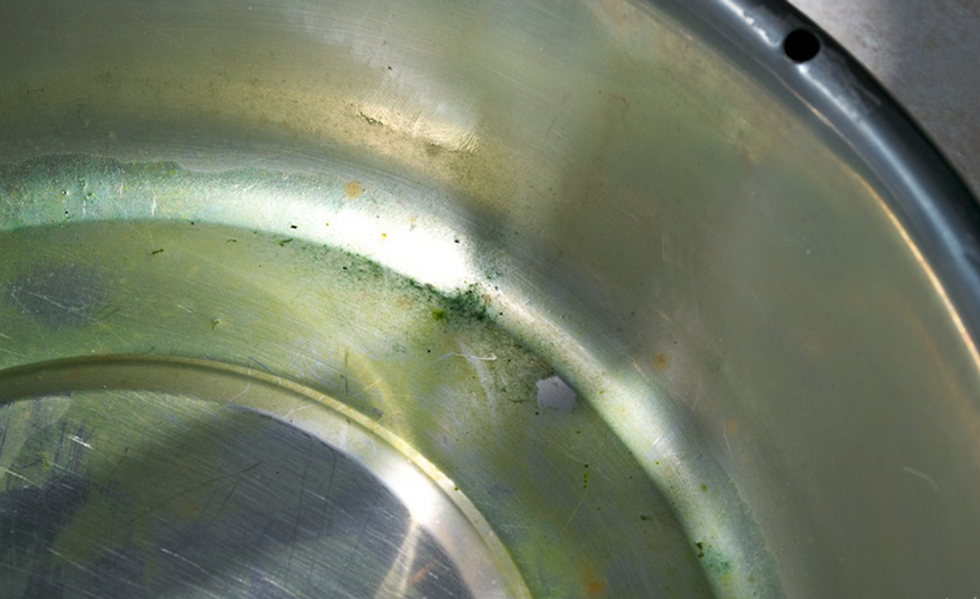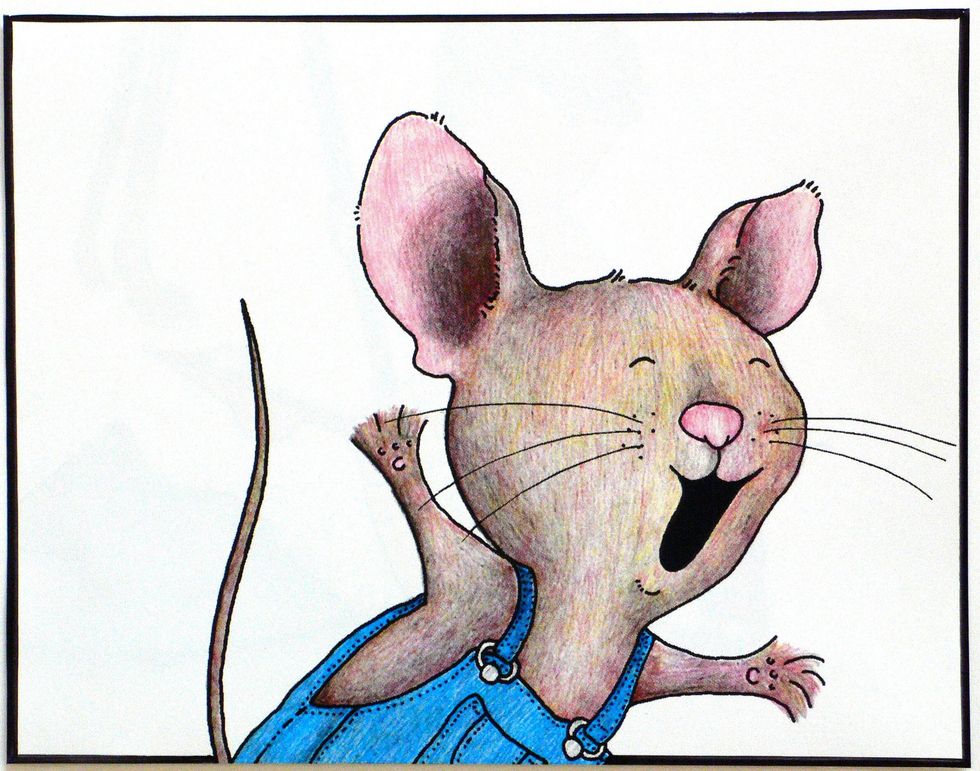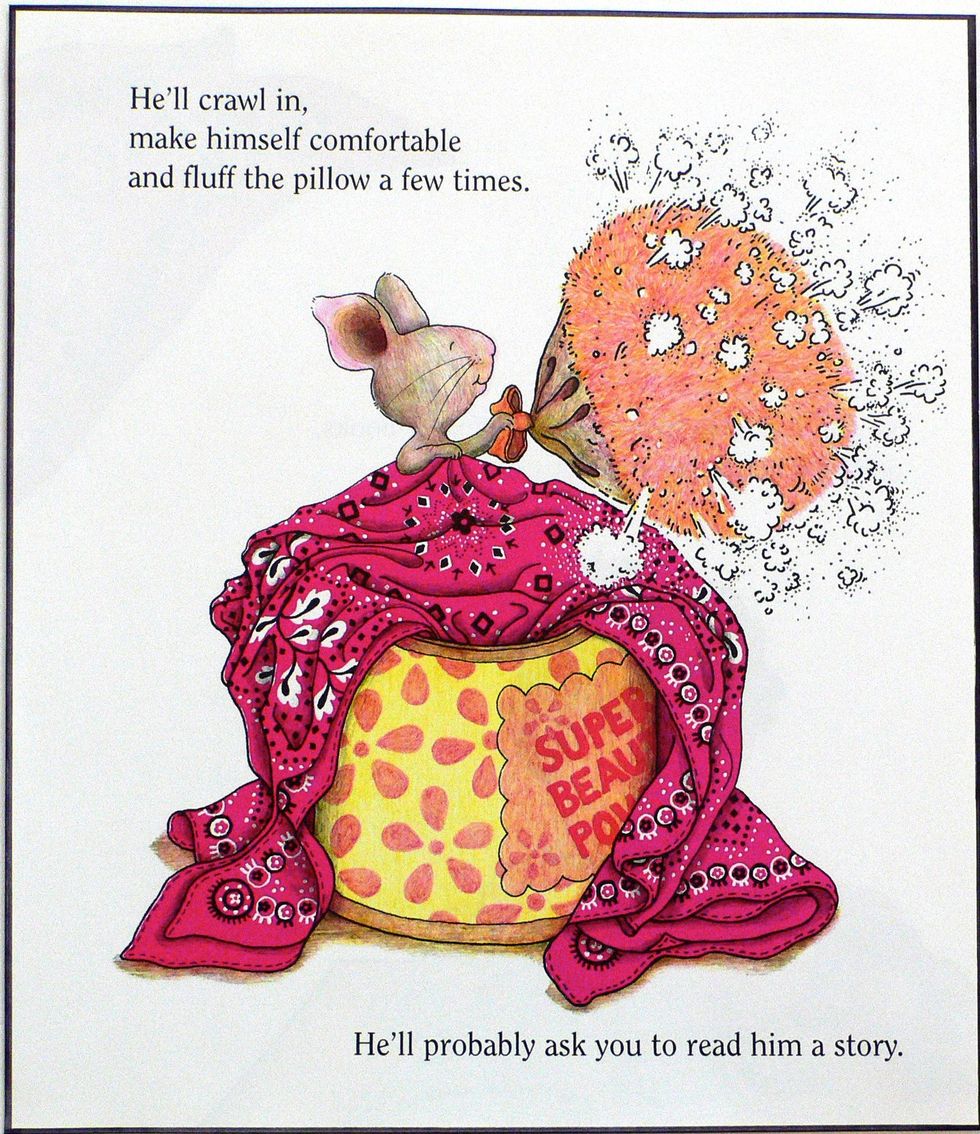The best way is to keep all your dog products such as water bowl outdoors in the sun. It is not practical to drink water from a dirty glass. That is why your dogs deserve a clean way of feeding.
To keep algae out of your dog water bowl, here are some of the best ways to treat that bowl.
1.Avoid Regular Plastics
So many companies are making safer plastics in response to consumer demands. Even the BPA-free bowls may contain some materials that enhance the growth of molds and germs. Dogs can easily scratch or chew the growing bacteria that can lead to serious health risks.
2.Maintain Clean Water
Water both in and outside the container should be fresh and replaced before it becomes murky. The best you can do when feeding multiple dogs is to change to clean water once they re-hydrate.
3.Have a Shade within the Compound
The same way you keep other dog products out of direct sunlight, the dog's water bowl should be in the shade regardless of the nature of the material.
Train the dog to know the location of the watering point within the yard.
4.Lookout for the Curious Birds
Make sure that the area does not have birds that may see the dog water bowl as a swimming opportunity. You do this to make sure your dogs do not contract diseases.
5.Make the Bowl Clean
Get rid of molds, bacteria, and germs that could be the source of the illness by wiping off any remnants of slime forming on the sides of the dog water bowl.
Washing the bowl with hot water and soap removes all residues that may be hanging around. If you choose the dishwasher or grease and water, make sure that the bowl is clean and safe for the next use.
6.Use Recommended Bleach
Algae that stick on the water bowl should be removed using a vet's recommended bleach to kill all algae present. Never forget to do a thorough clean up afterward.
7.Use Silver Coins
Dropping a piece of silver in the dog's water bowl may keep algae from breeding. The silver coin idea fits a person with a busy schedule, and once he comes back, he can wash the watering bowl.
Why Cleaning the Water Bowl is necessary
Other than algae threatening the life of your pet, the following bugs could also be lurking around:
Giardia: the parasite is found in feces and passes through the gut
Cryptosporidium: this parasite has a tough skin and survives chlorine treatment. Found mainly around water sources that birds and animals use
Leptospirosis: The infection is hazardous and can quickly kill your pet. It moves from a stomach upset, liver problems and eventually kidney failure if not treated early
Two common materials that pet owners use for dog water bowl can be either ceramic or stainless steel. These two, unlike plastics, will not scratch, giving openings for bacteria and mold to grow.







 Photo by
Photo by  Photo by
Photo by  Photo by
Photo by  Photo by
Photo by 








